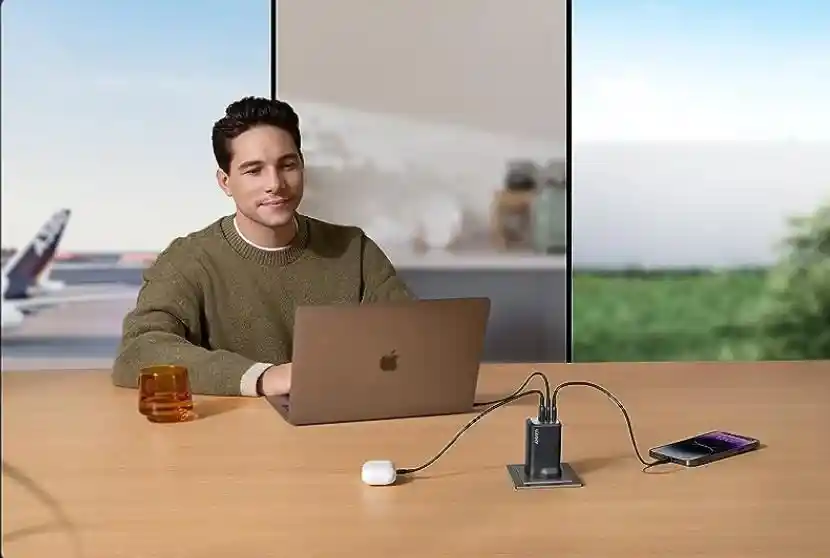In a world where digital art and photography dominate, there’s a timeless allure to the analog wonders of the camera obscura and the mesmerizing illusions of holography. These fascinating concepts bridge the gap between art and science, captivating the imagination of photography enthusiasts, tech-savvy consumers, and art students alike. The camera obscura, an ancient tool used to project images, and the holograph gallery, showcasing 3D images that seem to float in mid-air, offer unique insights into the interplay of light and perception.
What is the connection between the age-old technique of the camera obscura and the cutting-edge technology of a holograph gallery? How do these tools work, and what makes them so compelling to both seasoned artists and curious learners? These questions guide our exploration into the rich history and modern applications of these visual phenomena. By unraveling the mysteries of these optical marvels, we gain a deeper understanding of how they shape our view of the world around us.
Throughout this article, we’ll explore the intricacies of the camera obscura and holograph gallery, highlighting their historical significance, artistic impact, and technological advancements. Whether you’re an aspiring photographer looking to broaden your horizons or simply fascinated by the magic of light, this exploration promises to enlighten and inspire. Join us as we uncover the secrets of these captivating creations.
The Origin Story of the Camera Obscura
The camera obscura, Latin for “dark chamber,” dates back to ancient times. It was first mentioned by the Chinese philosopher Mozi in the 5th century BC. The principle behind it is simple yet profound. A small hole in a dark room allows light to enter, projecting an inverted image of the outside scene onto the opposite wall. This optical phenomenon intrigued early thinkers and laid the foundation for modern photography.
The camera obscura was not just a scientific curiosity; it became a tool for artists. During the Renaissance, painters like Leonardo da Vinci used it to enhance their understanding of perspective and proportion. This technique allowed artists to capture realistic representations of the world, revolutionizing visual art.
Today, the camera obscura serves as a reminder of photography’s roots. It invites us to appreciate the simplicity and wonder of capturing images with nothing but light and a darkened space. Its enduring appeal lies in its ability to transform ordinary scenes into extraordinary visual experiences.
How the Camera Obscura Works
Understanding the workings of the camera obscura requires a grasp of basic optics. When light passes through a small opening, it travels in straight lines. The camera obscura exploits this principle by using a pinhole or lens to focus the light. The result is an inverted image on the opposite surface.
The size of the opening affects the image quality. A smaller hole produces sharper images but allows less light, resulting in a dimmer projection. Conversely, a larger hole brightens the image but sacrifices clarity. This balance between light and sharpness is crucial for achieving the desired effect.
Modern adaptations of the camera obscura incorporate lenses and mirrors to enhance the image quality. These innovations have expanded its applications, from educational tools in classrooms to interactive exhibits in museums.
The Fascination with Holography
Holography takes the concept of light and image formation to a whole new dimension. Unlike traditional photography, which captures a flat representation, holography records light waves in three dimensions. This creates images that appear to float in space, offering a lifelike experience.
The invention of the laser in the 1960s paved the way for holography. It provided the coherence needed to record and reconstruct light waves accurately. The resulting holograms are mesmerizing, capturing intricate details and depth that conventional photos cannot.
Holography has found applications beyond art. It’s used in security features on credit cards, data storage, and even medical imaging. Its versatility and ability to convey complex information visually make it a powerful tool in various fields.
Creating Holograms: The Science Behind the Magic
Creating a hologram involves a precise process. A laser beam is split into two parts. One part illuminates the object, and the other acts as a reference beam. The interaction of these beams on a recording medium captures the light patterns emitted by the object.
When illuminated by a similar laser, the recorded patterns reconstruct the object’s light waves, producing a 3D image. This process requires meticulous control of light and environmental conditions to achieve high-quality results.
Advancements in digital holography have simplified the process, making it more accessible to artists and researchers. Computer-generated holograms can now be created without physical objects, expanding the creative possibilities for holography.
The Intersection of Art and Science
Both the camera obscura and holography embody the intersection of art and science. They challenge our perceptions and encourage us to explore the boundaries of visual representation. Artists and scientists alike are drawn to these tools for their ability to reveal hidden aspects of reality.
Artists use the camera obscura to experiment with composition and light, capturing scenes with a timeless quality. Holography, with its three-dimensional depth, offers new ways to express ideas and emotions, pushing the limits of traditional art forms.
Scientists, on the other hand, utilize these technologies to study optics and vision. They provide insights into how we perceive the world, leading to innovations in imaging and display technology.
Why Photography Enthusiasts Love Camera Obscura
For photography enthusiasts, the camera obscura is a nostalgic reminder of the craft’s origins. It strips away the complexities of modern technology, allowing them to focus on the fundamentals of composition and light.
The experience of using a camera obscura is meditative, offering a slow and deliberate approach to image-making. It encourages photographers to observe their surroundings with a fresh perspective, finding beauty in simplicity.
Workshops and exhibitions dedicated to the camera obscura provide opportunities for enthusiasts to explore this age-old technique. They offer a hands-on experience that deepens their appreciation for the art of photography.
Holograph Galleries: A Glimpse into the Future
Holograph galleries offer a unique blend of art and technology, captivating audiences with their futuristic displays. These galleries showcase the latest advancements in holography, featuring stunning 3D images that challenge our perception of reality.
Visitors to holograph galleries are often amazed by the lifelike quality of the images. The ability to view objects from different angles without the need for special glasses adds to the immersive experience.
Holograph galleries also serve as a platform for artists to experiment with new forms of expression. The interplay of light and space in holography opens up endless possibilities for creative exploration.
The Educational Value of Camera Obscura & Holography
Educational institutions recognize the value of incorporating camera obscura and holography into their curricula. These tools offer students a hands-on learning experience, bridging the gap between theory and practice.
The camera obscura helps students understand the principles of light and optics, providing a tangible demonstration of abstract concepts. It encourages critical thinking and problem-solving as students experiment with different setups and observe the results.
Holography, with its intersection of physics and art, offers a multidisciplinary approach to education. It challenges students to think creatively and explore the potential of combining technical skills with artistic vision.
Integrating Modern Technology with Classical Techniques
Integrating modern technology with classical techniques like the camera obscura and holography enriches the creative process. Digital advancements have made it easier to experiment with these tools, offering new possibilities for artists and educators.
Digital cameras and software allow photographers to simulate the effects of a camera obscura, providing greater control and flexibility. This fusion of old and new enhances the artistic process, enabling photographers to push the boundaries of their craft.
Similarly, digital holography has expanded the accessibility of holography, allowing more people to explore its creative potential. This integration of technology and tradition continues to drive innovation in the art and science of visual representation.
Tips for Exploring Camera Obscura & Holography
For those interested in exploring the magic of the camera obscura and holography, here are some tips to get started:
- Visit a camera obscura exhibit to experience the phenomenon firsthand. Many museums and galleries offer interactive installations that allow you to experiment with the setup.
- Attend a workshop to learn about the technical aspects of creating holograms. These workshops provide hands-on experience and guidance from experts in the field.
- Experiment at home with DIY camera obscura projects. All you need is a dark room, a piece of cardboard, and some creativity to create your own pinhole camera.
By engaging with these tools, you’ll gain a deeper appreciation for the art and science of visual perception.
FAQs With Answers
What is a camera obscura and how does it work?
A camera obscura is a dark room or box with a small hole that lets light in. The light projects an inverted image of the outside scene onto the opposite wall. It’s an early form of image projection used in both art and science.
How are holograms created?
Holograms are created by recording light waves from an object using a laser. The process involves splitting a laser beam, directing one part at the object and the other as a reference beam. The interaction creates a pattern that, when illuminated, reconstructs the light waves as a 3D image.
What are the applications of holography?
Holography is used in various fields, including art, security, medical imaging, and data storage. It’s also found in everyday items like credit card security features and entertainment displays.
Why do artists and scientists use the camera obscura?
Artists use the camera obscura to study light and perspective, capturing realistic images. Scientists explore optics and vision through it, gaining insights into how we perceive the world. It bridges art and science, inspiring innovation.
Are there modern uses for the camera obscura?
Yes, modern uses of the camera obscura include educational tools, artistic installations, and interactive exhibits. Its principles are also applied in photography to understand light and composition better.
Conclusion
The camera obscura and holograph gallery offer a fascinating glimpse into the world of light and perception. These tools, rooted in both tradition and innovation, continue to captivate artists, scientists, and enthusiasts. By exploring their principles and applications, we gain a deeper appreciation for the magic of visual representation. Whether you’re an aspiring artist or a curious learner, the camera obscura and holography invite you to see the world through a new lens. Keep exploring, experimenting, and discovering the endless possibilities these captivating technologies offer.










